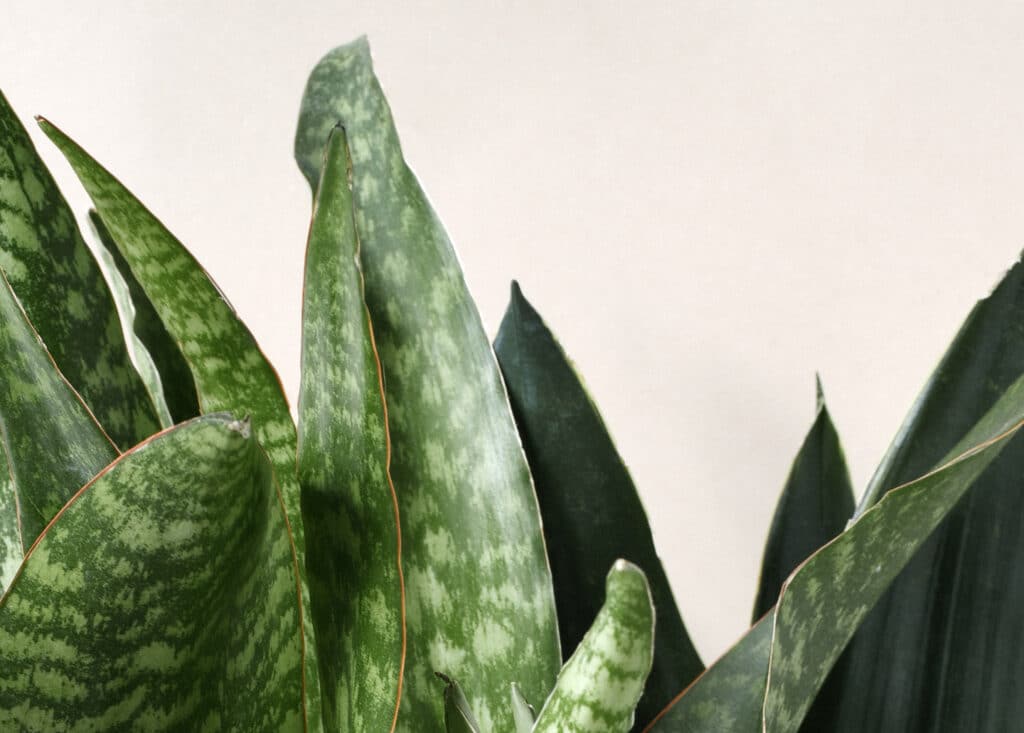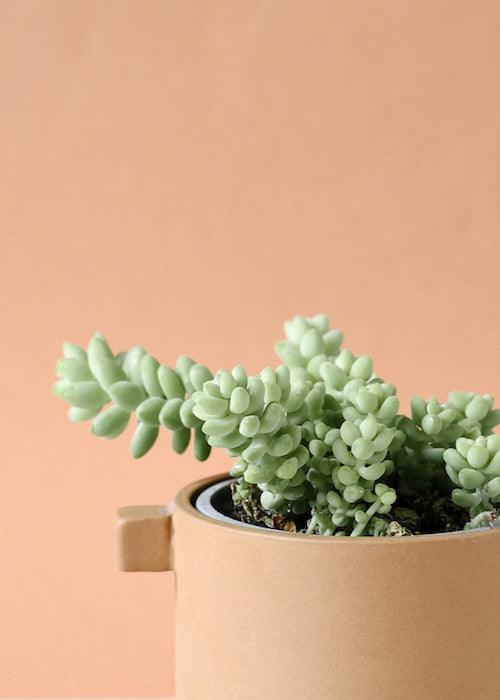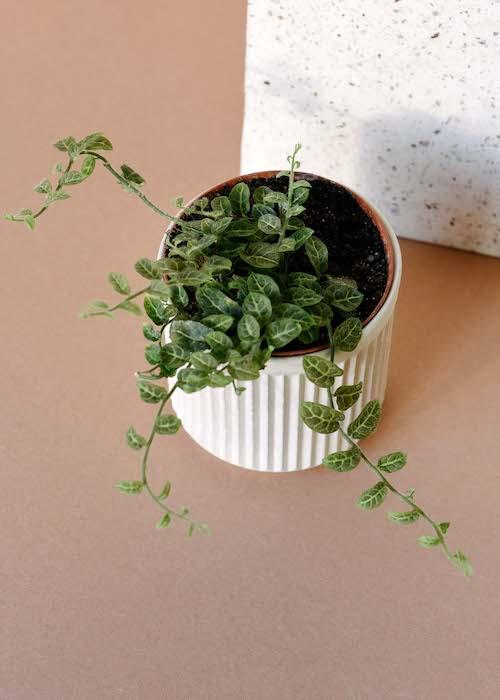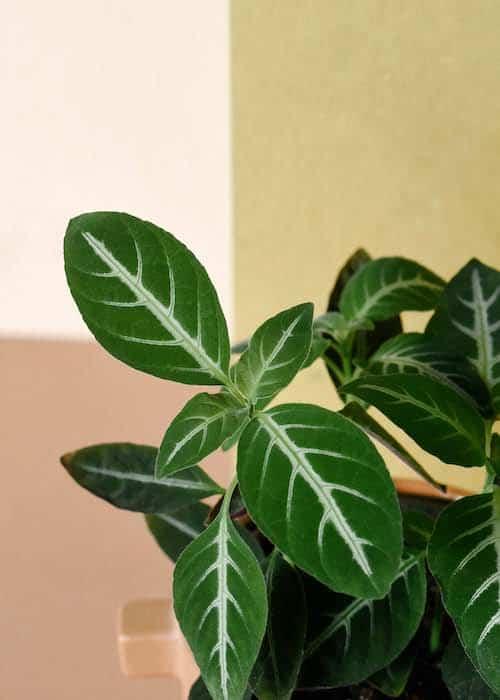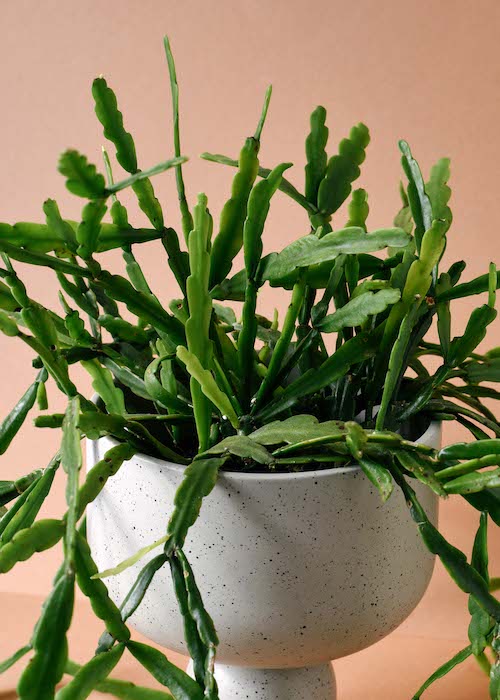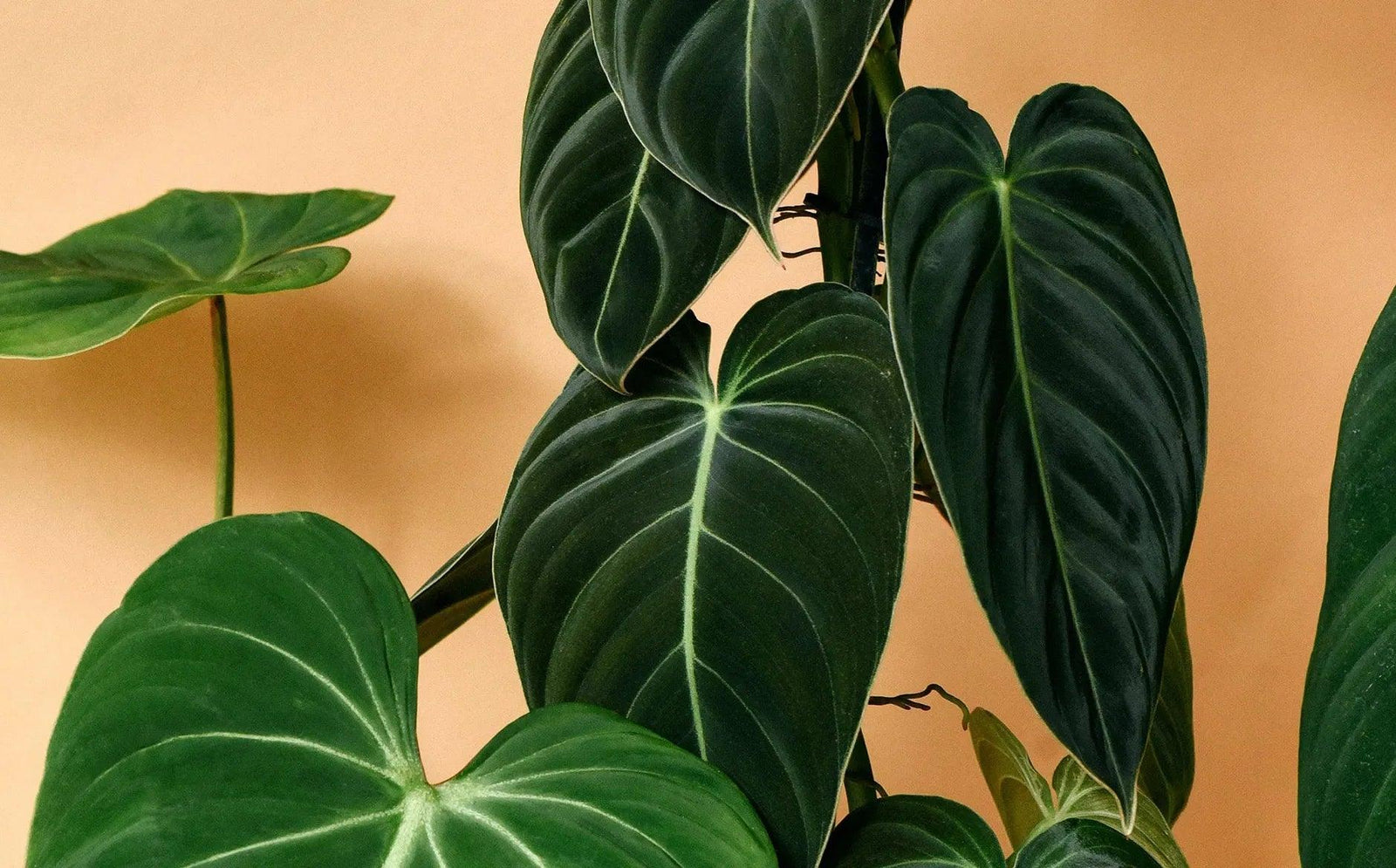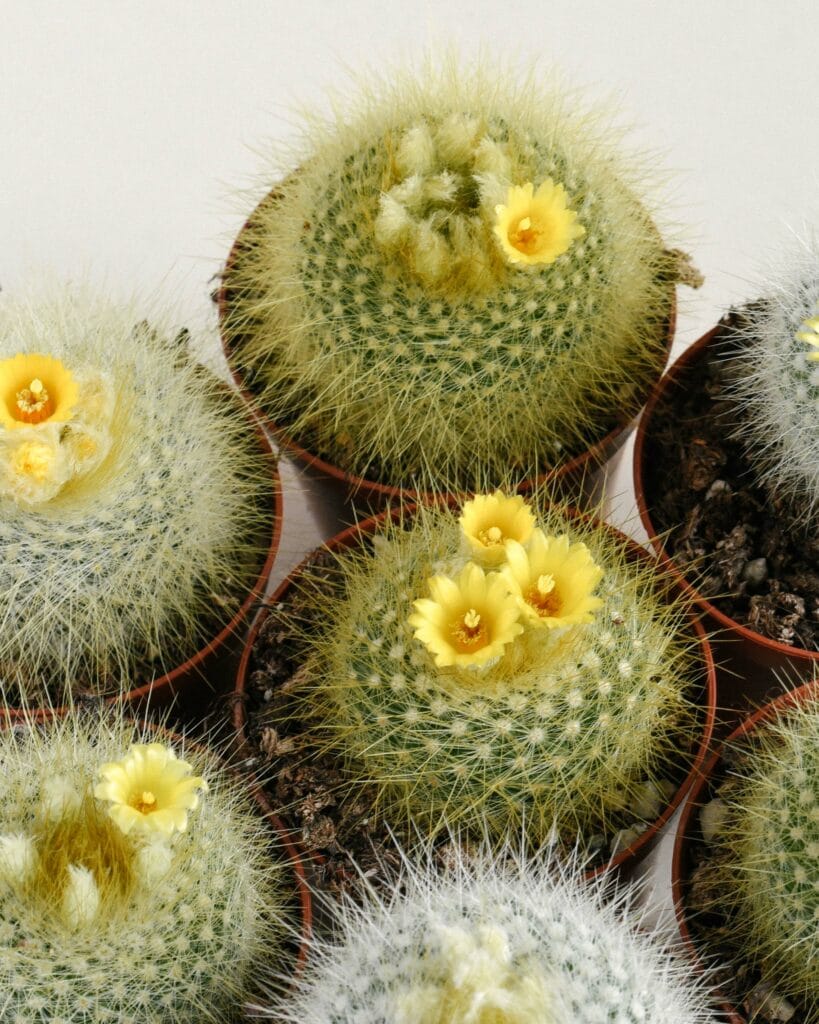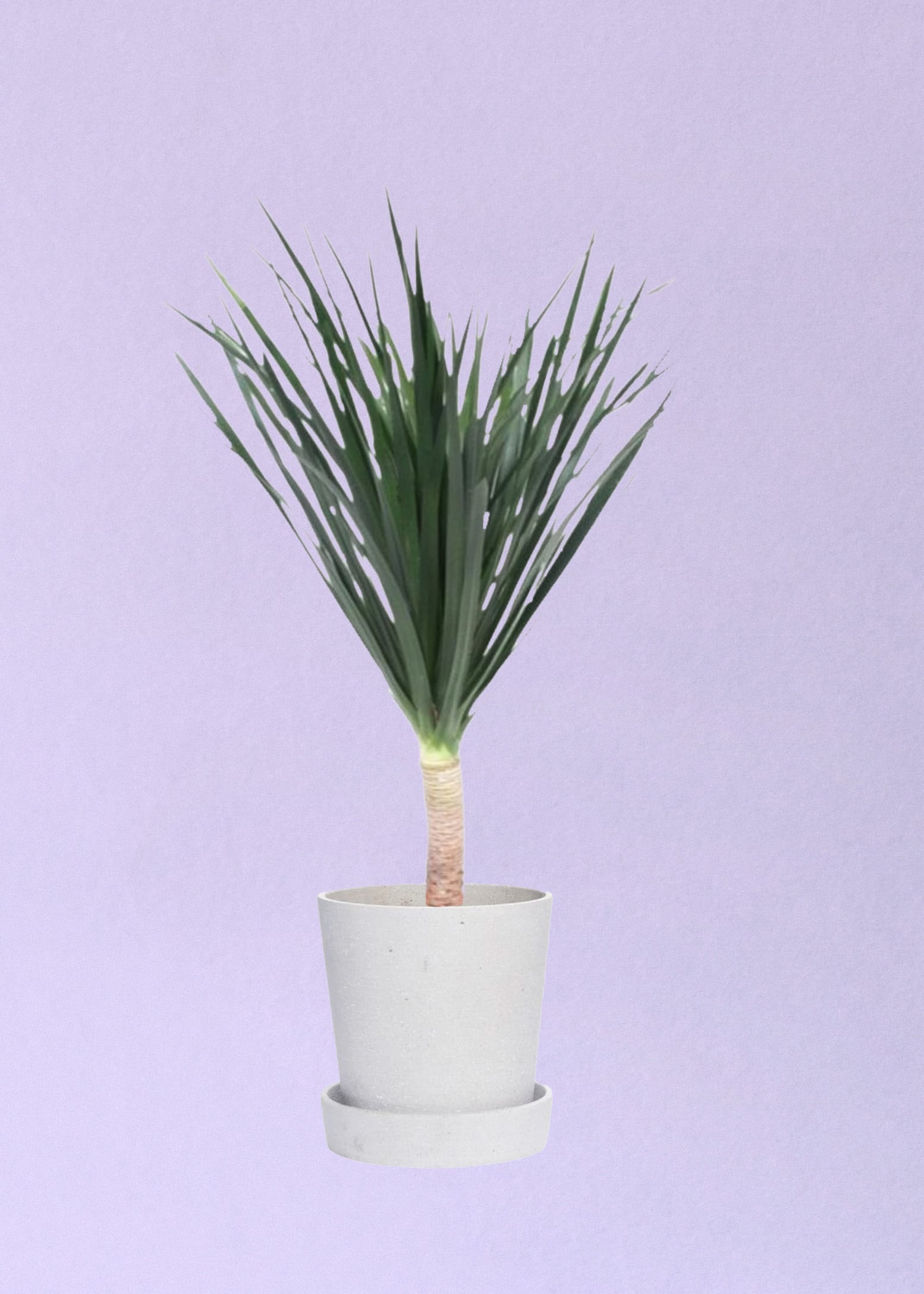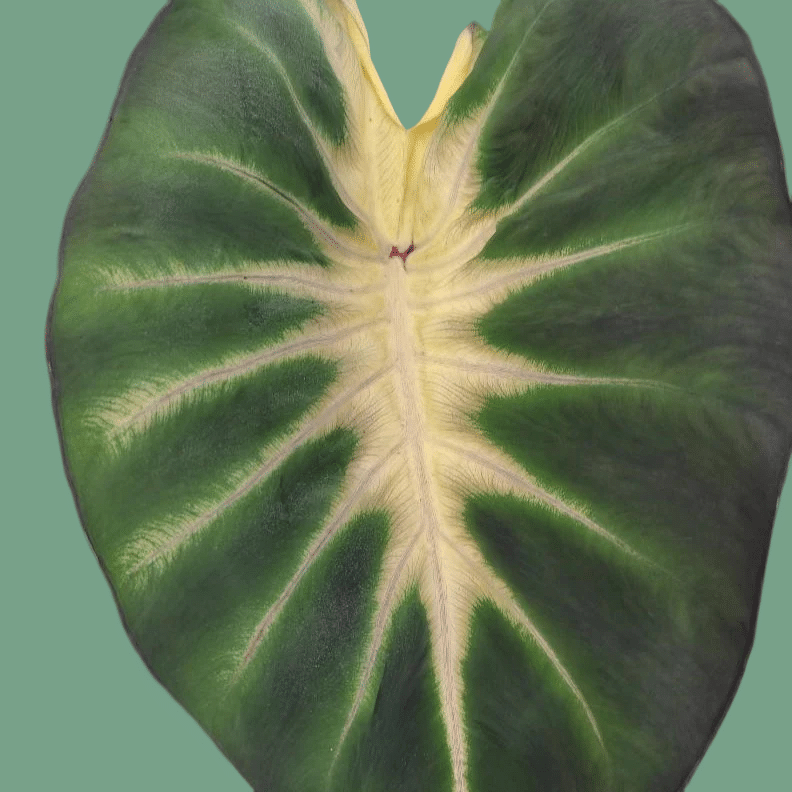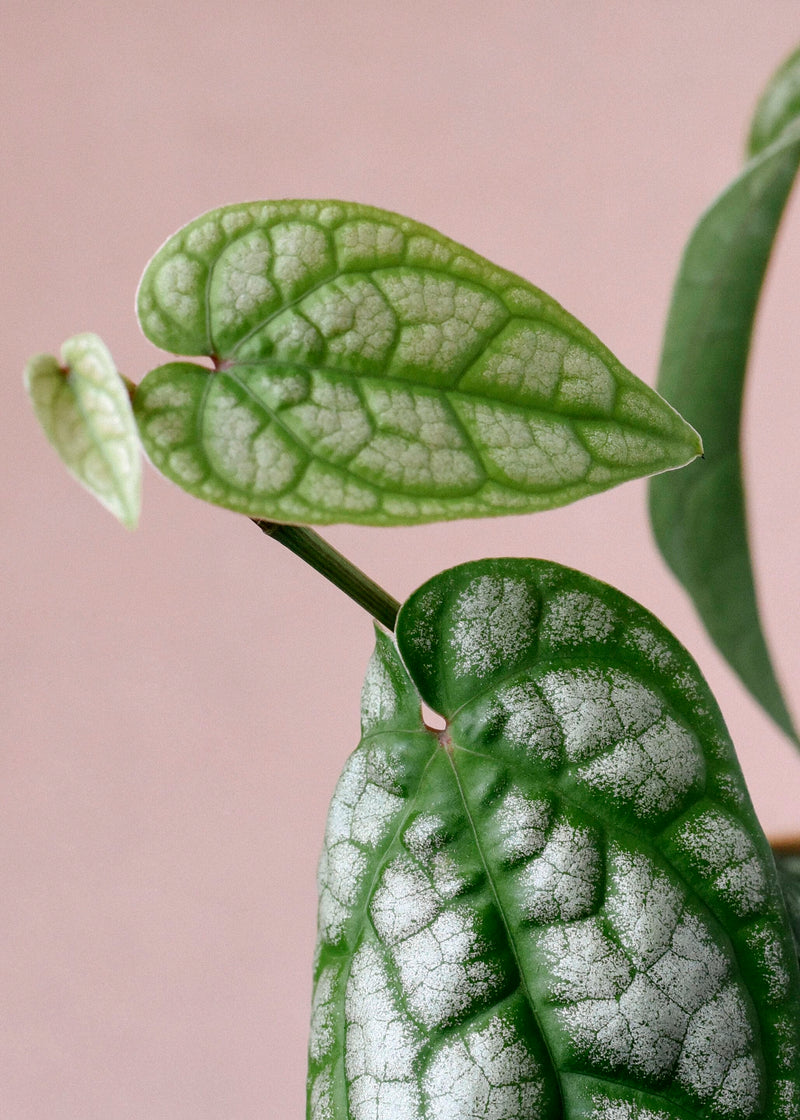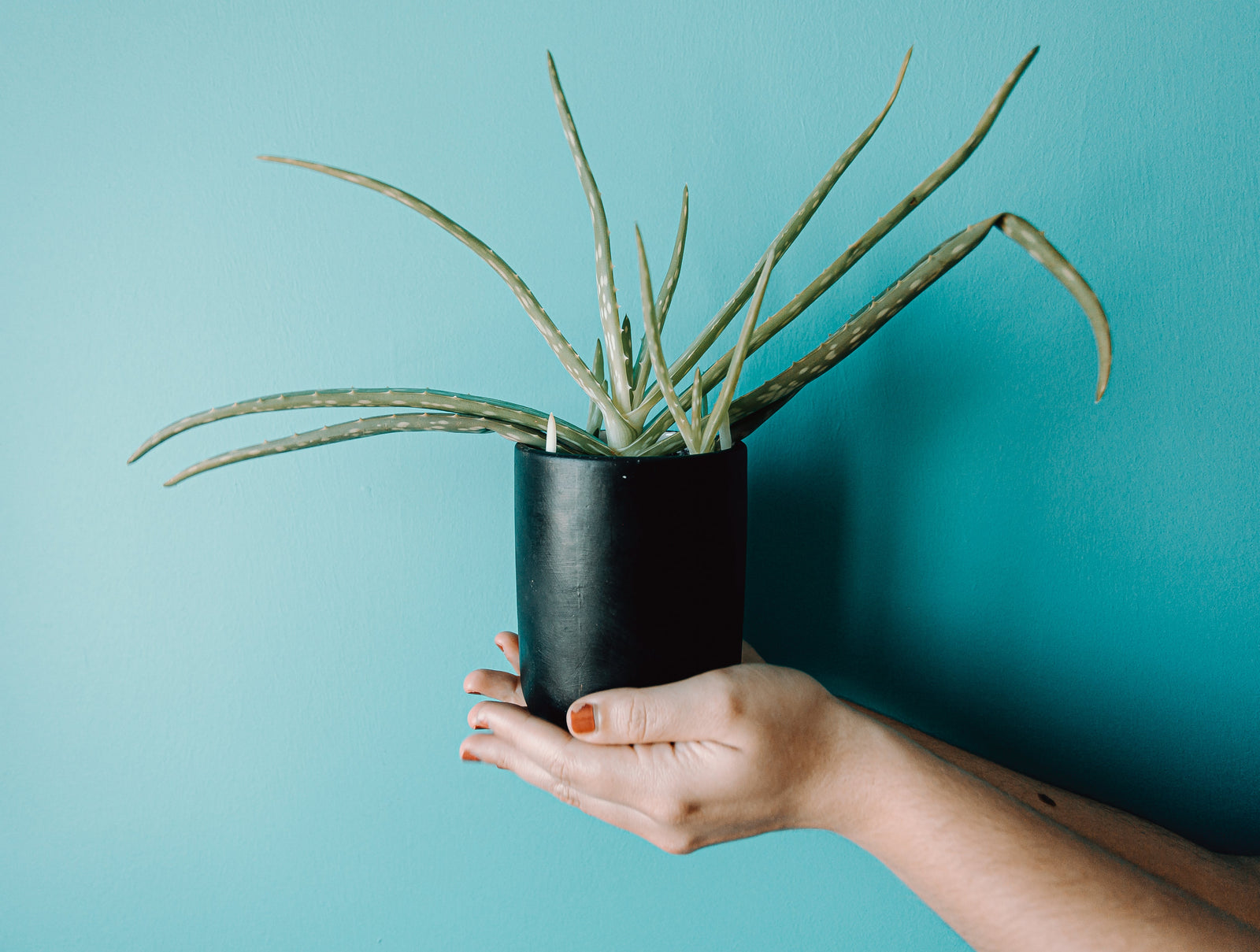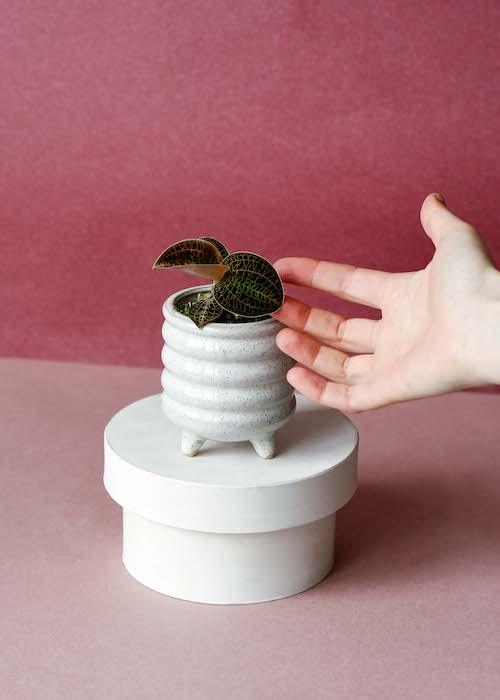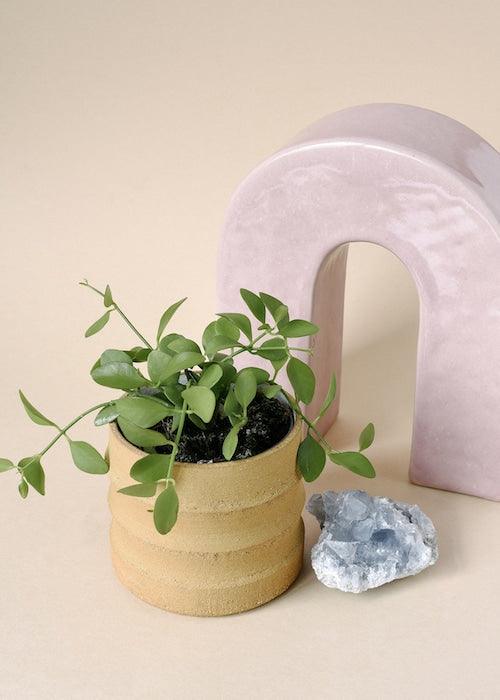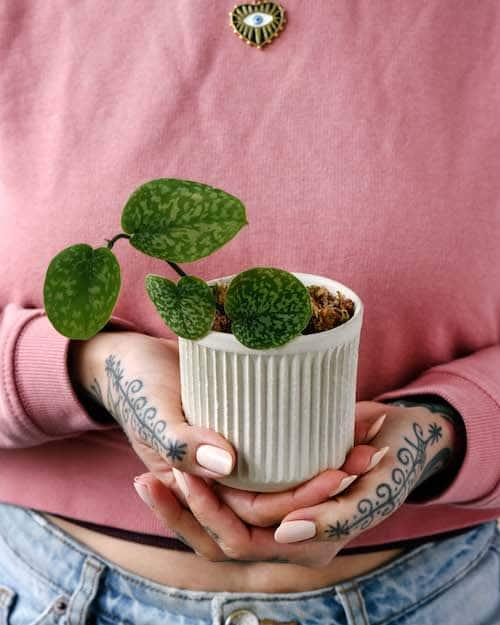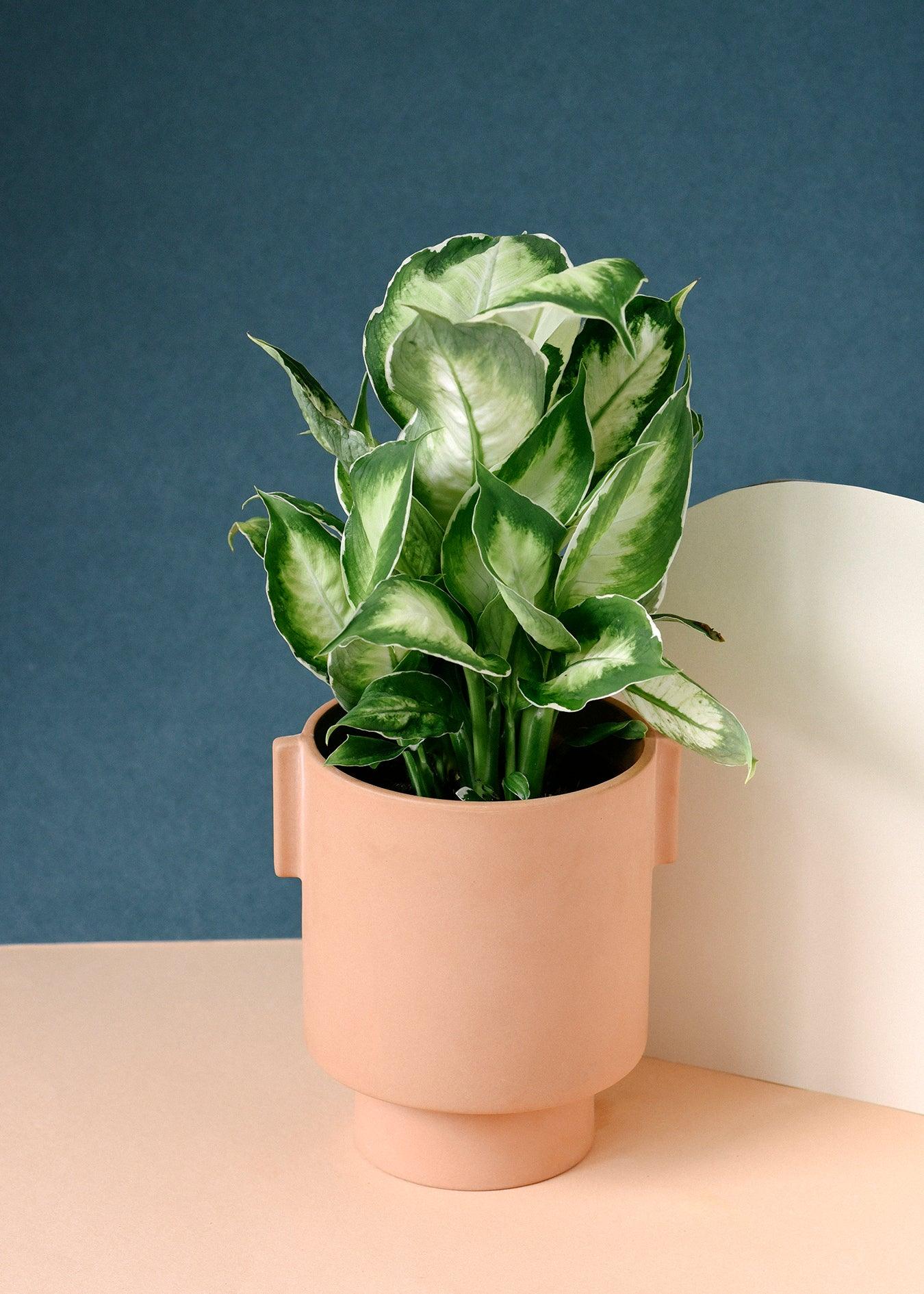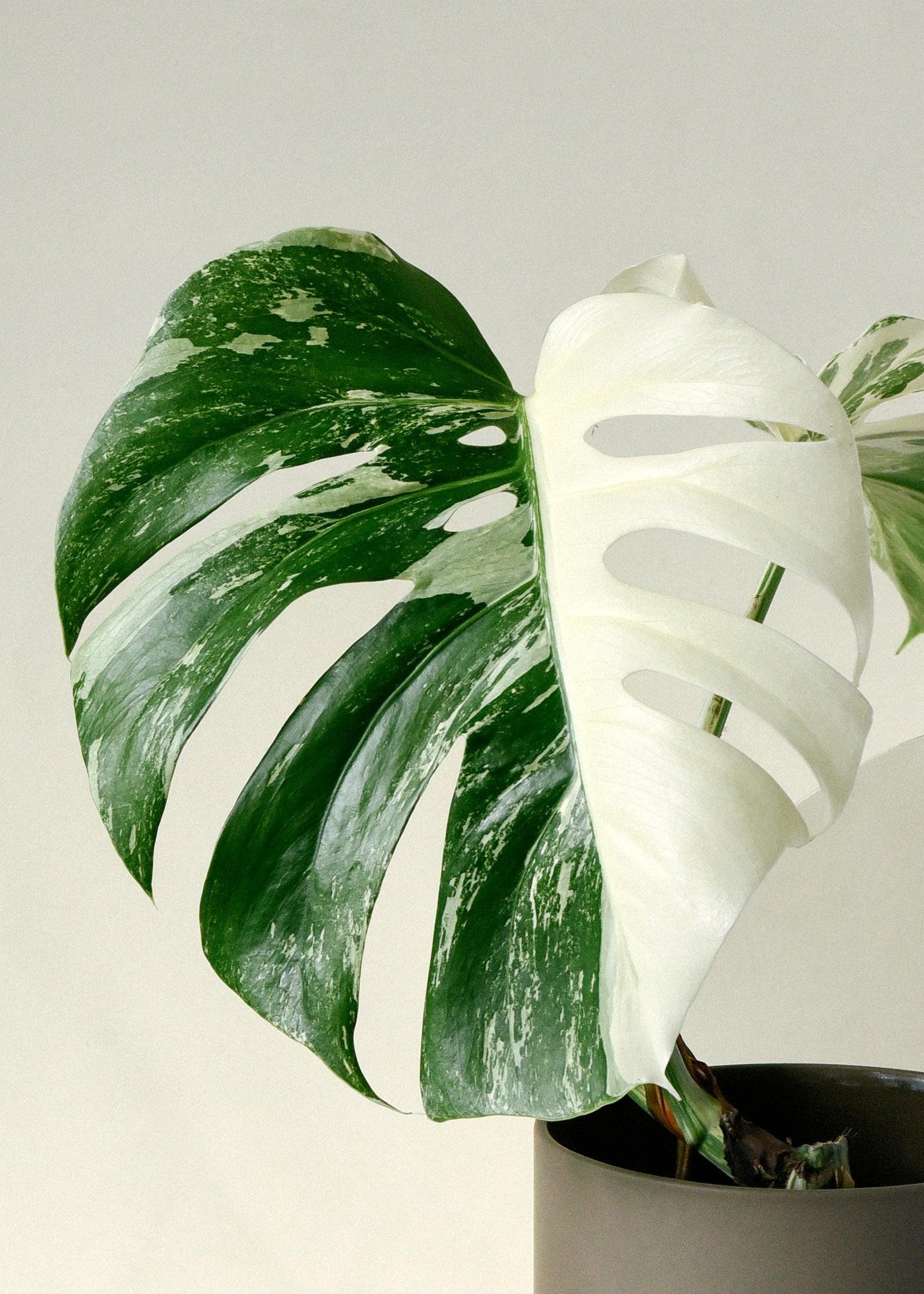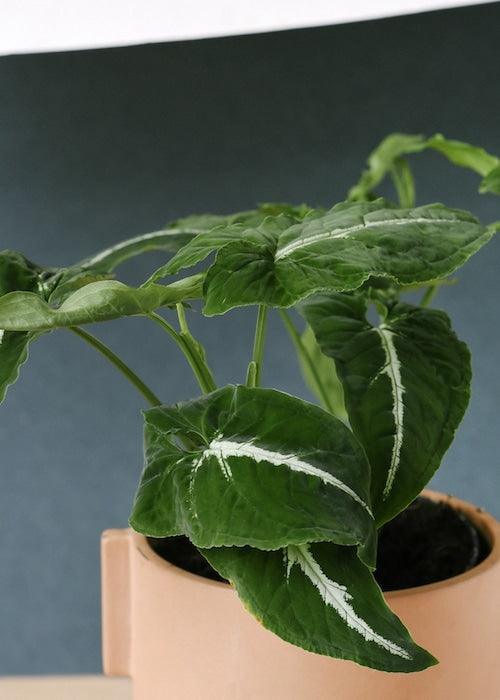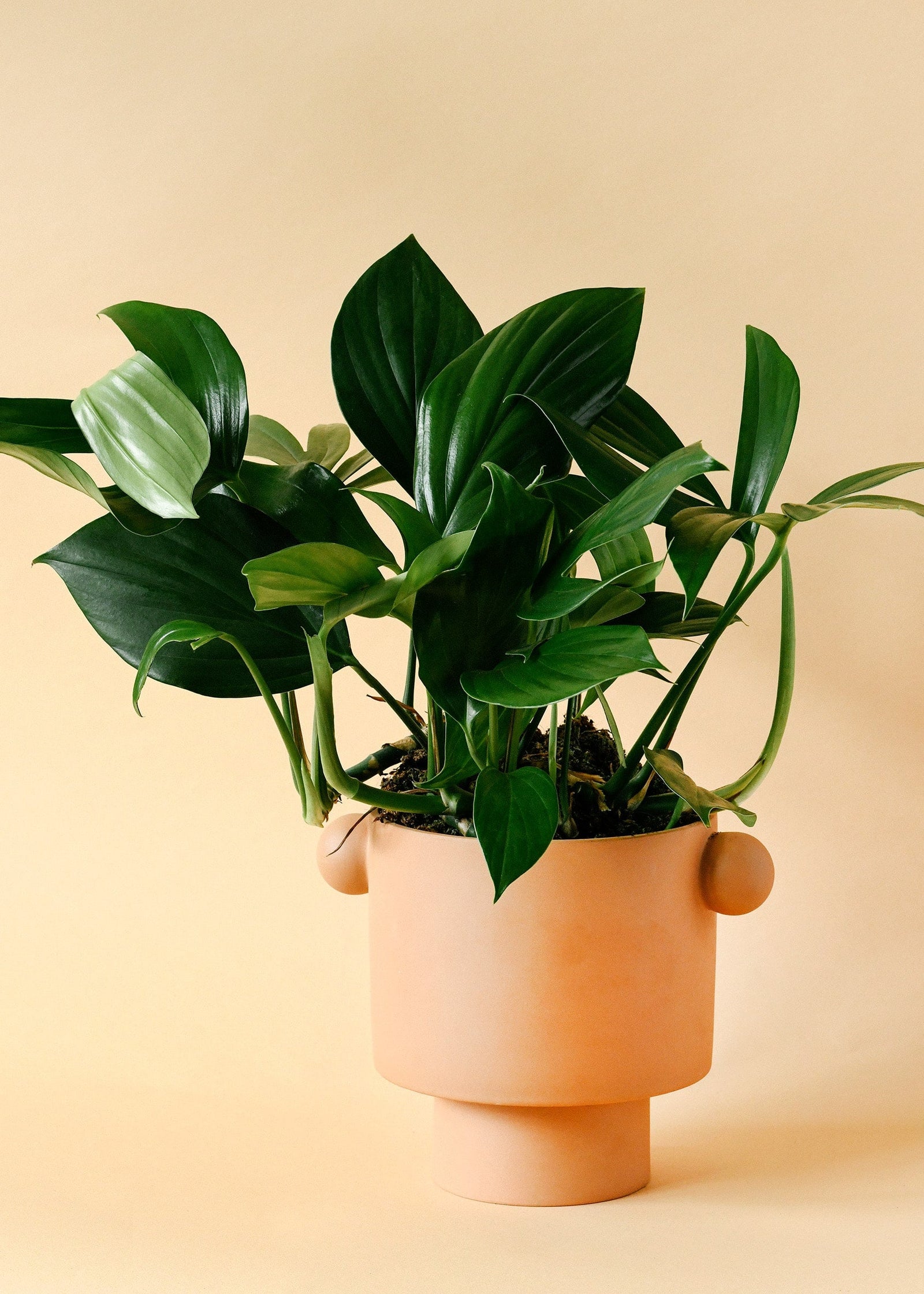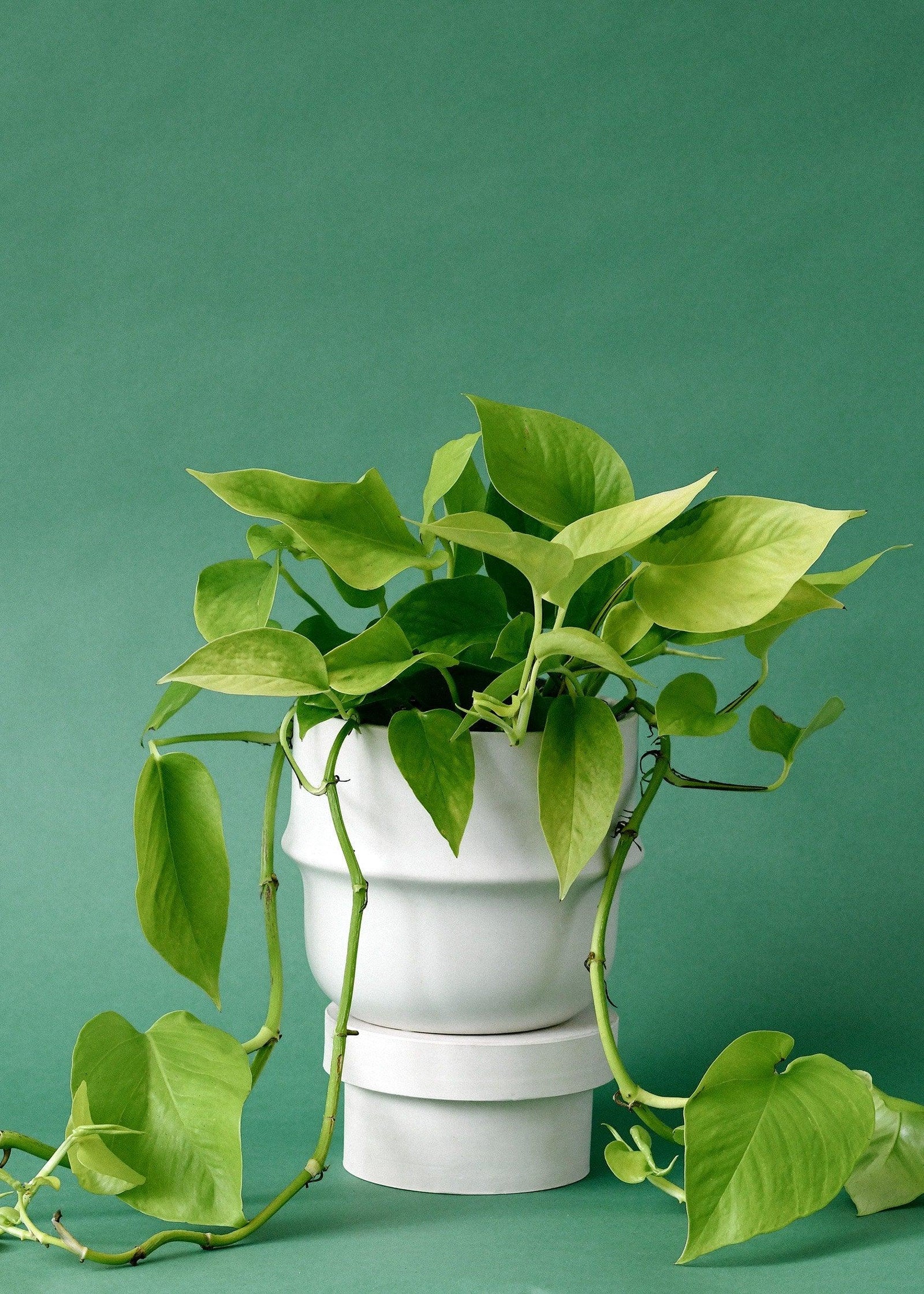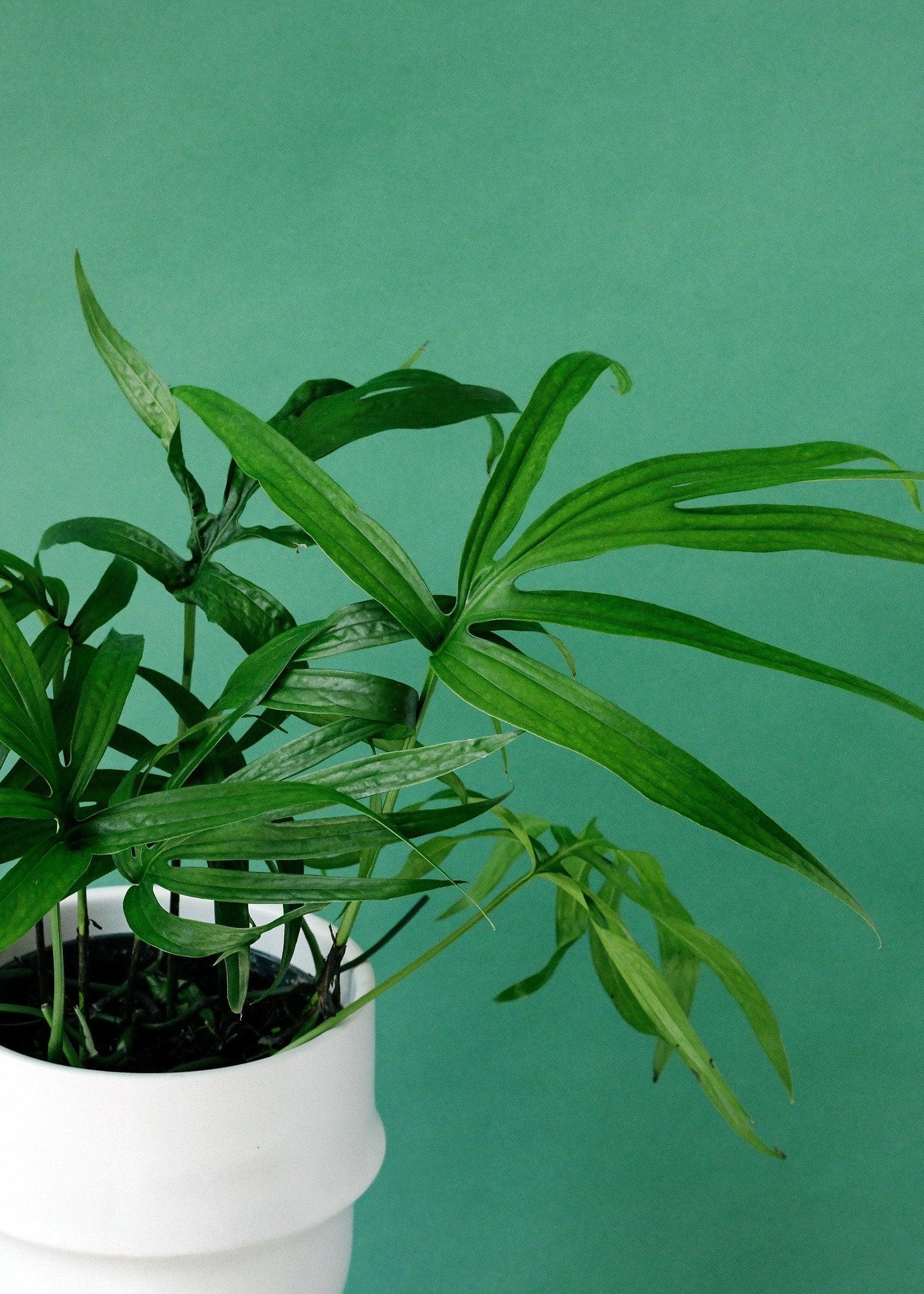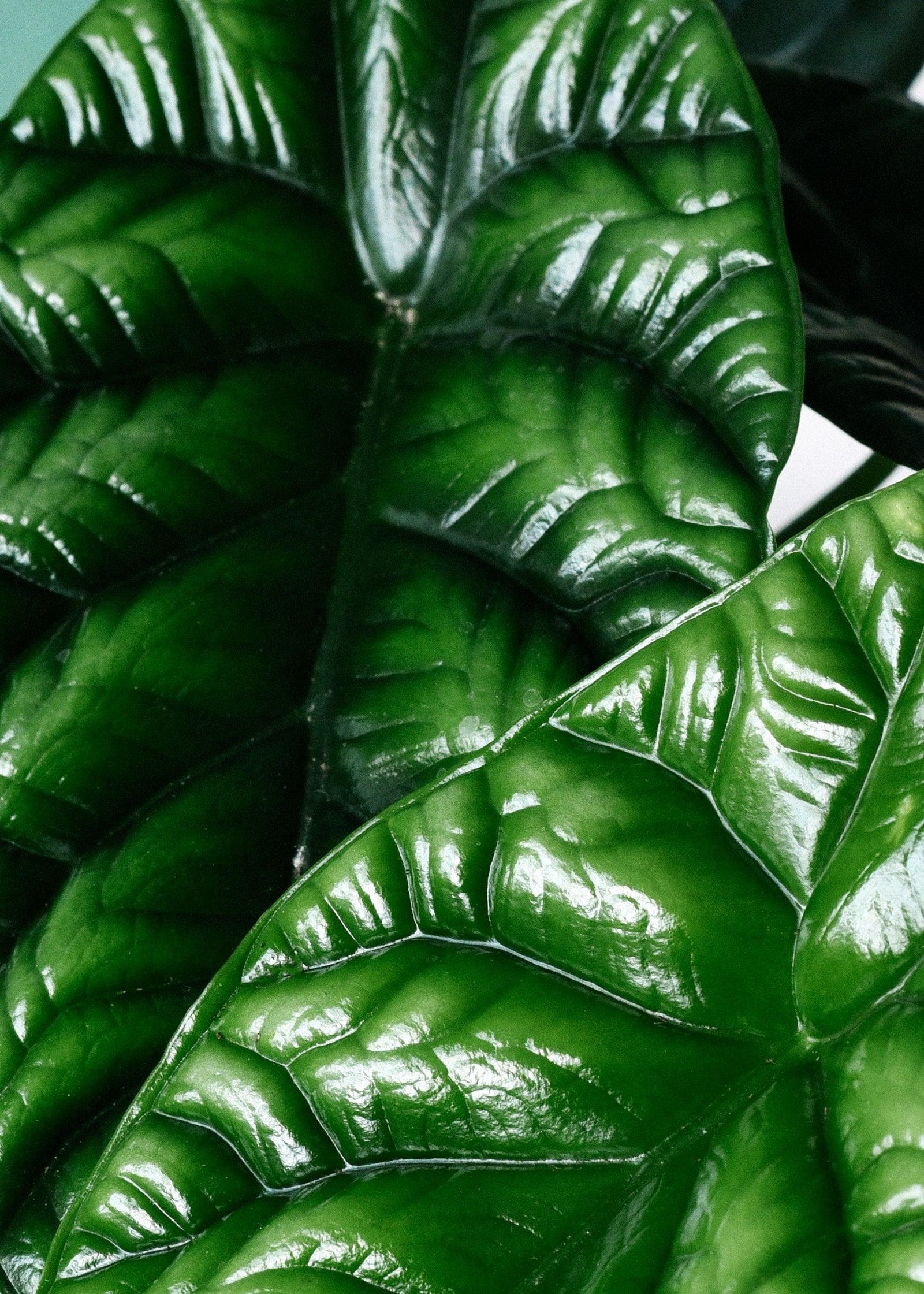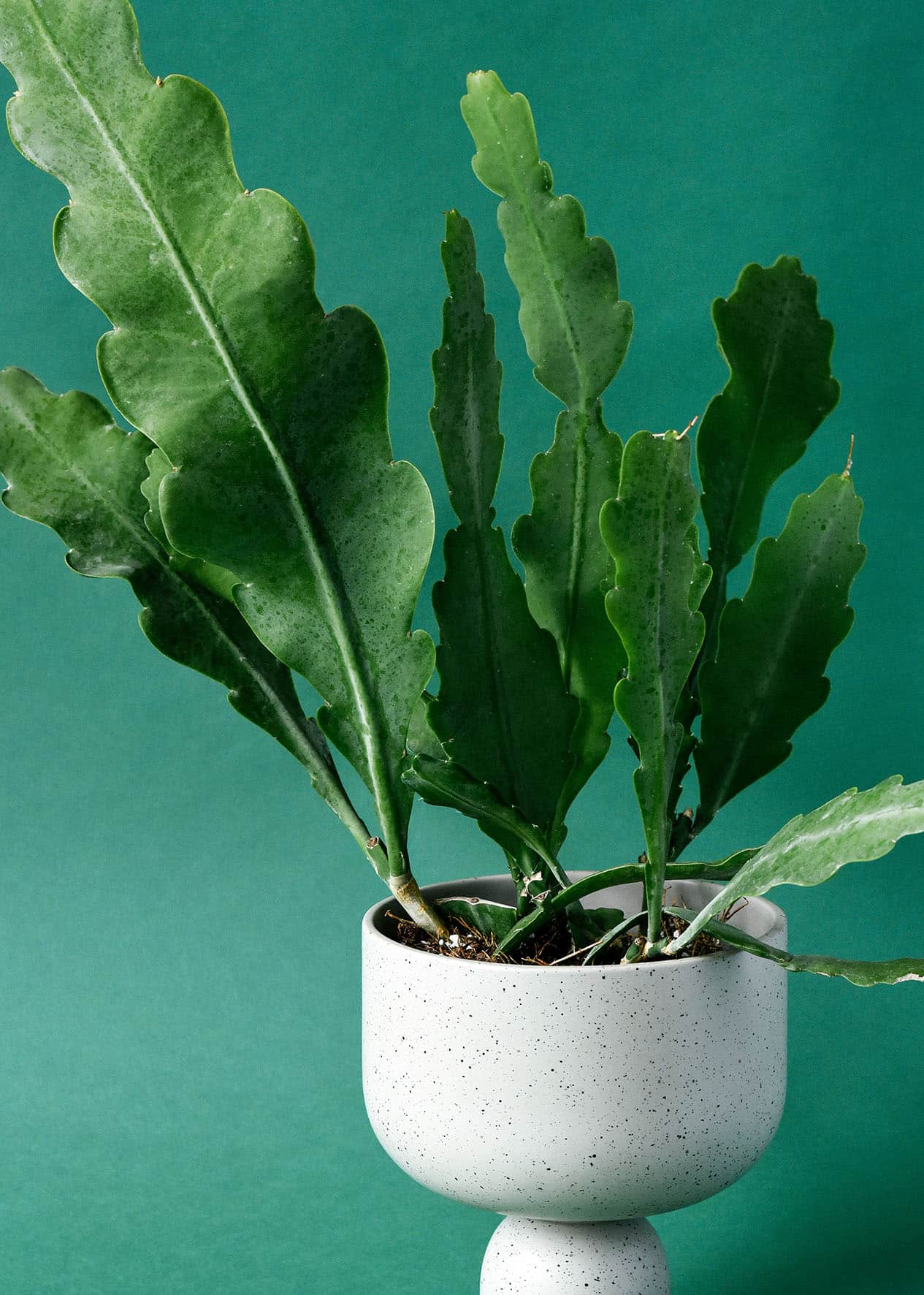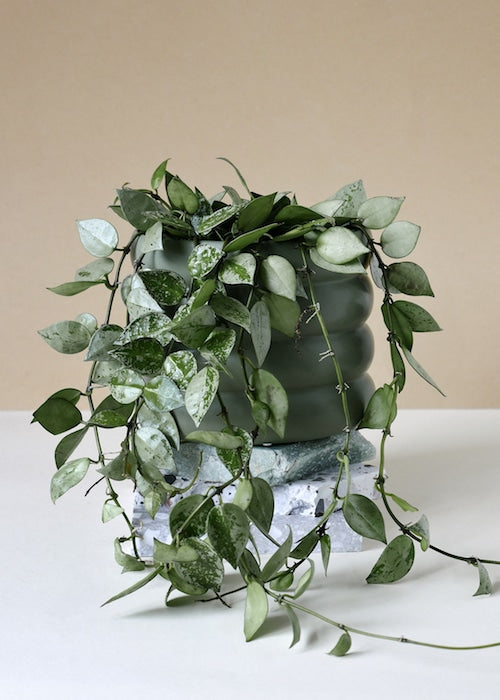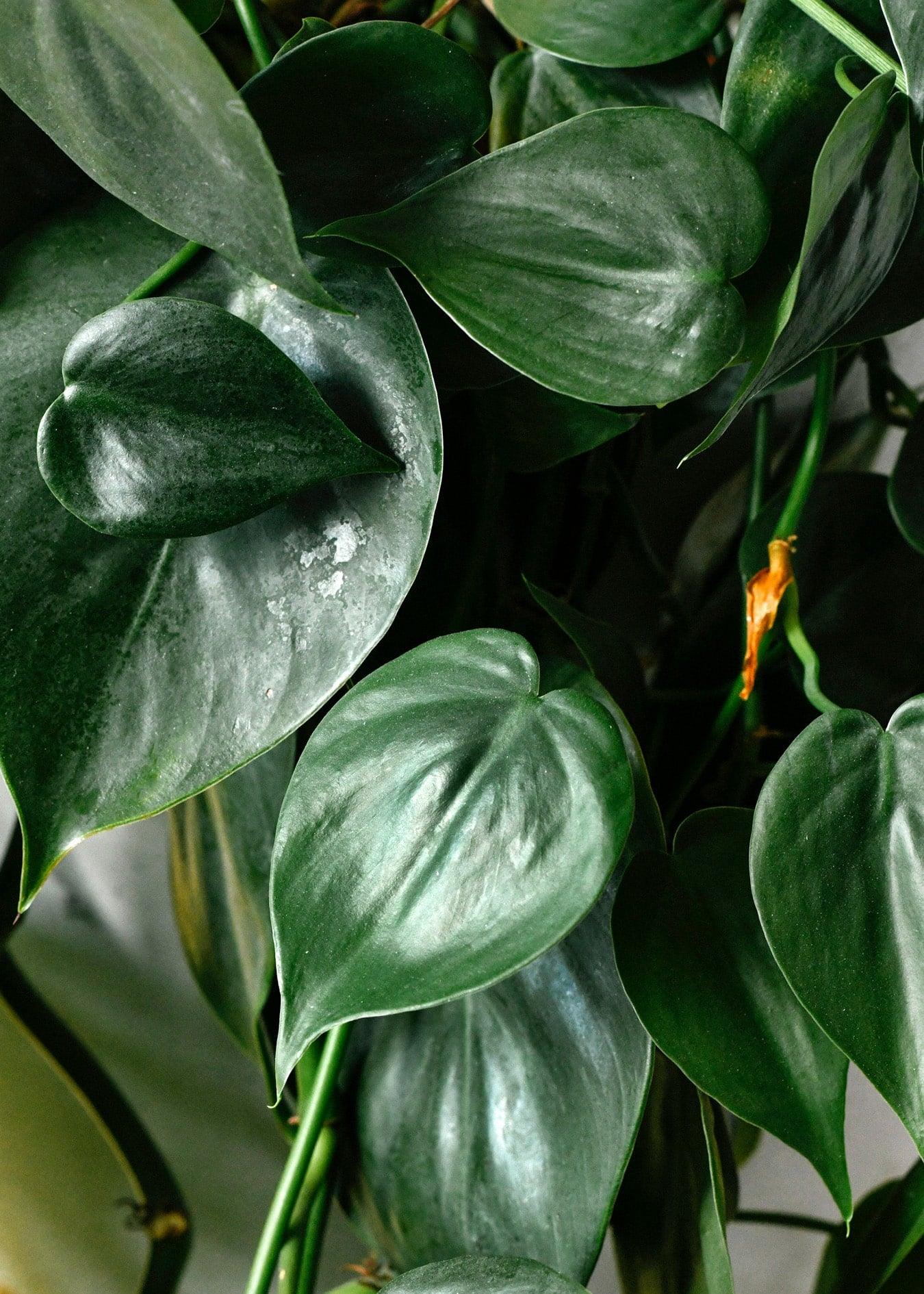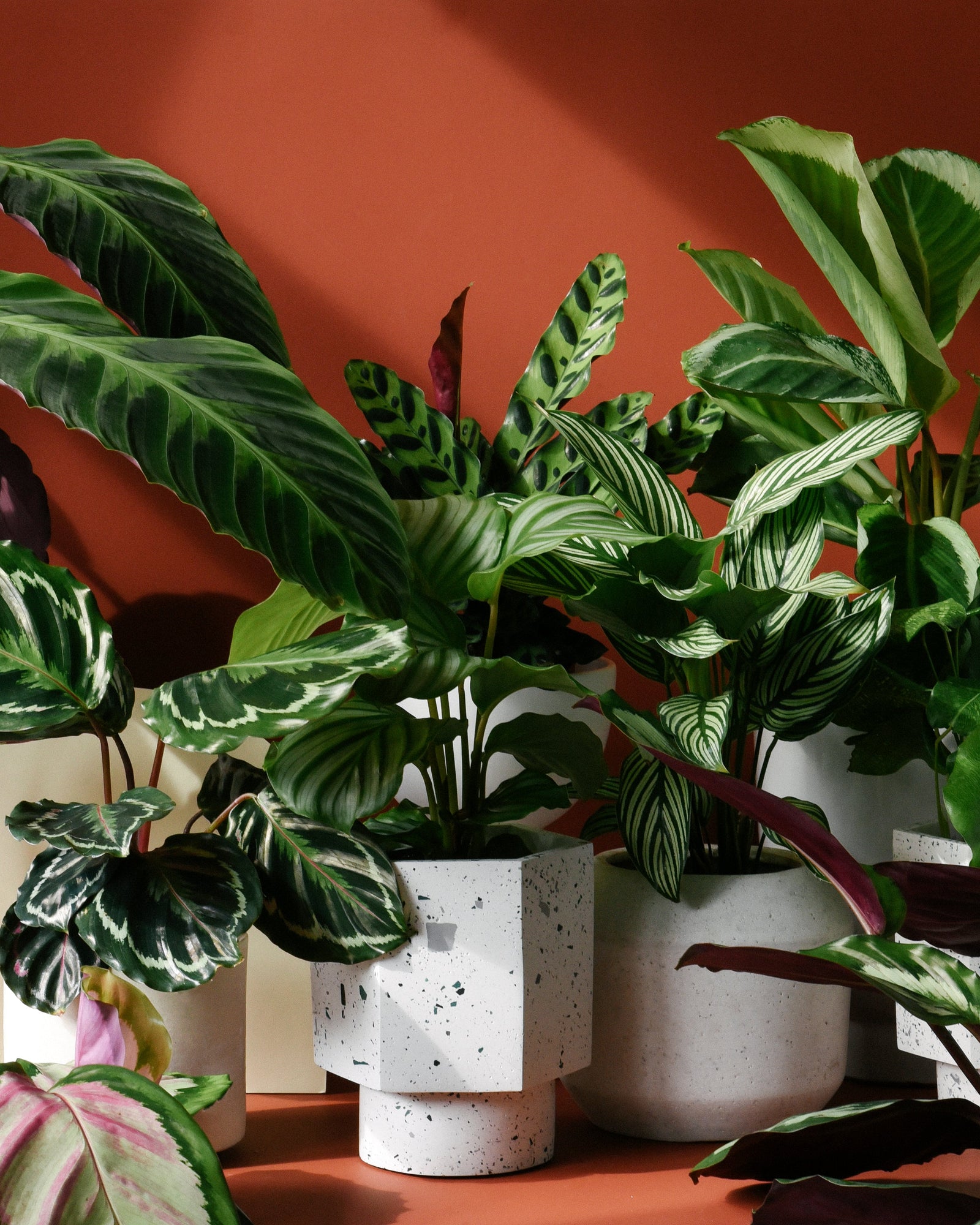For more detailed care tips, check out or blog post on Anthurium.
Anthuriums are among the most striking houseplants, prized for their glossy leaves, heart-shaped blooms, and velvety foliage. But behind their showy appearance is a plant that appreciates thoughtful care. Whether you’re growing a waxy-flowered Anthurium andraeanum or a dramatic velvety Anthurium clarinervium, here's everything you need to know to keep your Anthurium thriving.
Quick Care Overview
| Care Factor | Details |
|---|---|
| Light | Bright, indirect; tolerates some direct morning sun |
| Watering | Keep moist in growing season, reduce in winter |
| Humidity | Medium; higher for velvety or corrugated types |
| Soil | Very loose and well-draining; aroid mix preferred |
| Pruning | Remove dead leaves and spent flowers to encourage growth |
| Toxicity | Toxic if ingested; sap may irritate skin |
Lighting
Anthuriums thrive in medium to bright indirect light. While some types can tolerate a little morning sun, avoid exposing them to harsh direct afternoon sunlight, which can scorch their leaves. Place them near an east- or north-facing window for best results.
Watering
These tropical plants enjoy consistent moisture but hate sitting in soggy soil. Let the top 3cm of the soil dry out between waterings. Reduce watering in winter when the plant’s growth slows, but avoid letting the soil dry out completely.
Humidity
Humidity is essential—especially for velvety and corrugated Anthurium species. Most glossy-leaved types can handle normal indoor humidity, but specialty varieties require 70–80% humidity. Use a humidifier or place your plant near a bowl of water or a group of other plants to create a microclimate.
Soil & Potting
Anthuriums like a very loose, airy potting mix. Our Aroid Mix is perfect, or you can use sphagnum moss or semi-hydroponic setups. They prefer being slightly pot-bound, so don’t rush to repot unless absolutely necessary.
Propagation
Propagate Anthuriums via stem cuttings or from seed after successful pollination. When taking cuttings, ensure you use a sterile blade and allow the cut surface to callus before rooting it in water or moss.
Toxicity & Safety
All Anthurium species are toxic to humans and pets if ingested. Their sap can also cause mild skin irritation, so wear gloves when pruning or propagating.
Final Tip
If you want your Anthurium to bloom more often, make sure it gets enough bright light and is fed with a balanced fertilizer every 4–6 weeks during the growing season.
Ready to grow your Anthurium collection?
Shop our Anthurium Collection and bring home a true tropical gem.




